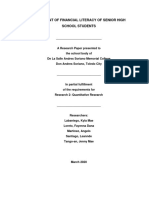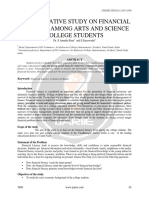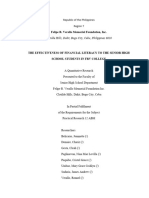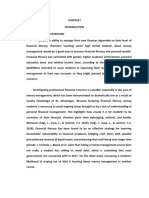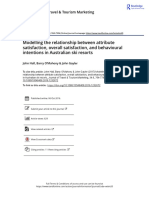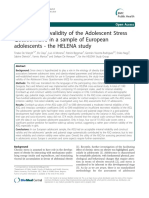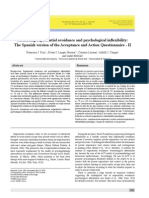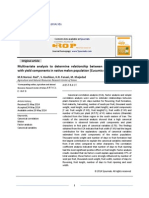0% found this document useful (0 votes)
9 views20 pagesChapter IV
This chapter analyzes data from a questionnaire focused on financial literacy and saving habits among youth in Kanyakumari district. It examines demographics such as age, gender, education, residence, and income, revealing insights into financial awareness and attitudes towards saving. The findings indicate a need for improved financial education, particularly among males, and suggest varying preferences for financial education across different age groups.
Uploaded by
sandhiyaw160616Copyright
© © All Rights Reserved
We take content rights seriously. If you suspect this is your content, claim it here.
Available Formats
Download as DOCX, PDF, TXT or read online on Scribd
0% found this document useful (0 votes)
9 views20 pagesChapter IV
This chapter analyzes data from a questionnaire focused on financial literacy and saving habits among youth in Kanyakumari district. It examines demographics such as age, gender, education, residence, and income, revealing insights into financial awareness and attitudes towards saving. The findings indicate a need for improved financial education, particularly among males, and suggest varying preferences for financial education across different age groups.
Uploaded by
sandhiyaw160616Copyright
© © All Rights Reserved
We take content rights seriously. If you suspect this is your content, claim it here.
Available Formats
Download as DOCX, PDF, TXT or read online on Scribd
/ 20



